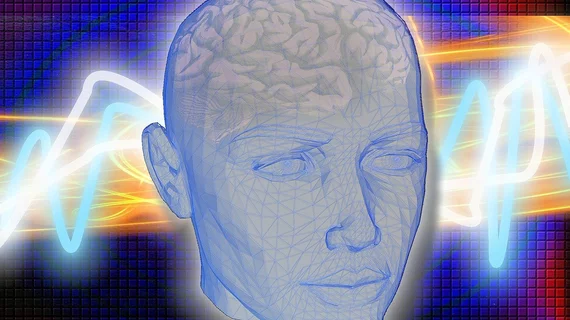Structural brain abnormalities linked to functional seizures
New research out of the University of Michigan reveals that structural changes in the brain could be associated with functional seizures.
Seizures not caused by epilepsy have long been assumed to be associated with things like anxiety and PTSD, but this latest study highlights structural abnormalities in the superior temporal cortex and the left occipital cortex that could be to blame for nonepileptic seizures [1].
Corresponding author of the new paper, Wesley Kerr, MD, PhD, who is a neurologist and epileptologist at University of Michigan Health, explained that by getting to the root of what causes functional seizures, experts can then begin to develop more appropriately targeted treatments.
“During the years before people are accurately diagnosed with functional seizures, 80% of them were prescribed anti-seizure medications used to treat epilepsy,” Kerr said. “Those medications have side-effects, including fatigue and dizziness. These people can also come into the ER with prolonged seizures and end up being intubated and given high doses of medication, which can be lifesaving for someone with epilepsy but is both not needed and dangerous for functional seizures.”
For the study, researchers compared more than 650 brain MRI exams from patients with functional seizures and patients with diagnoses such as depression, anxiety or OCD. Based on this imaging, the experts found that patients who experienced functional seizures had thinning in the superior temporal cortex and thickening of the left occipital cortex, while the patients with mental health conditions did not exhibit these alterations.
Study co-author Nicholas J. Beimer, MD, clinical assistant professor of neurology and psychiatry at University of Michigan Medical School commented on the findings, noting that they could improve treatment for patients with functional seizures.
“I look forward to how this research will be used to improve our diagnostic speed and accuracy, so that we can get our patients with functional seizures to the right treatment sooner,” Beimer said, adding that future work could expand this most recent comparison to include other psychiatric disorders in the MRI analysis.
The study abstract can be found in Epilepsy & Behavior.

